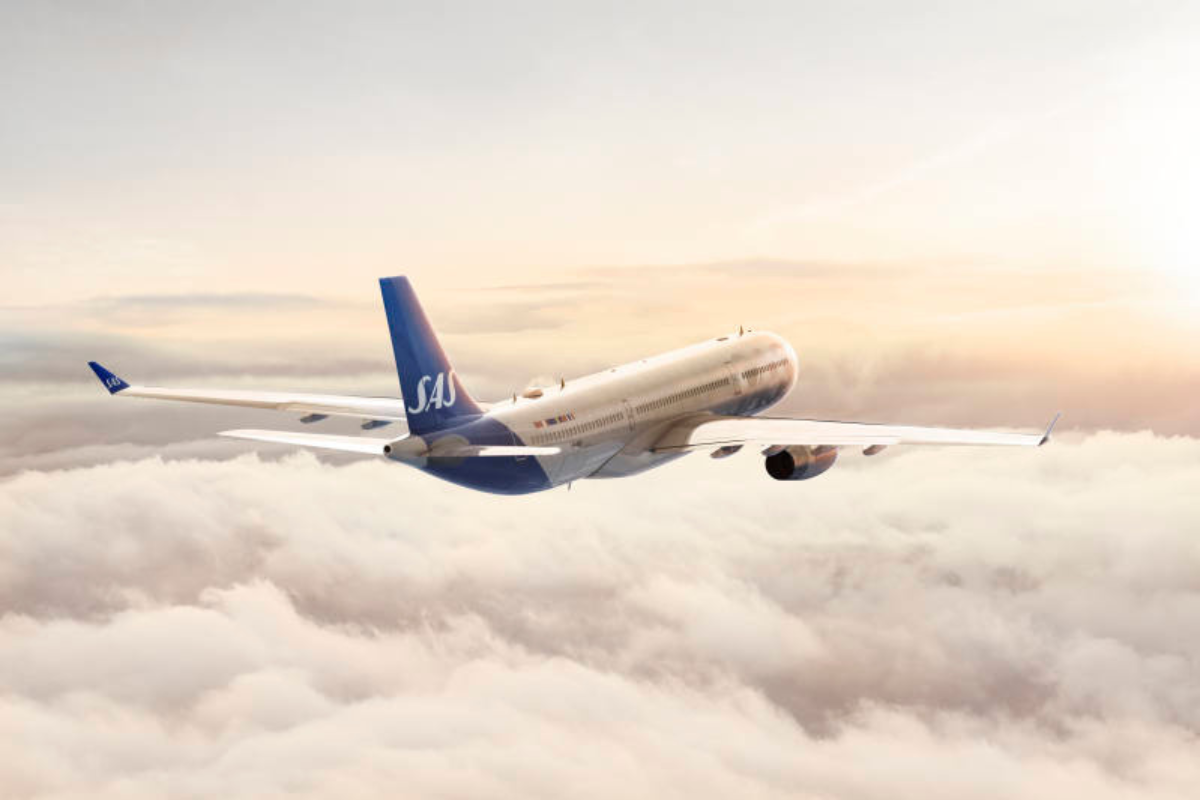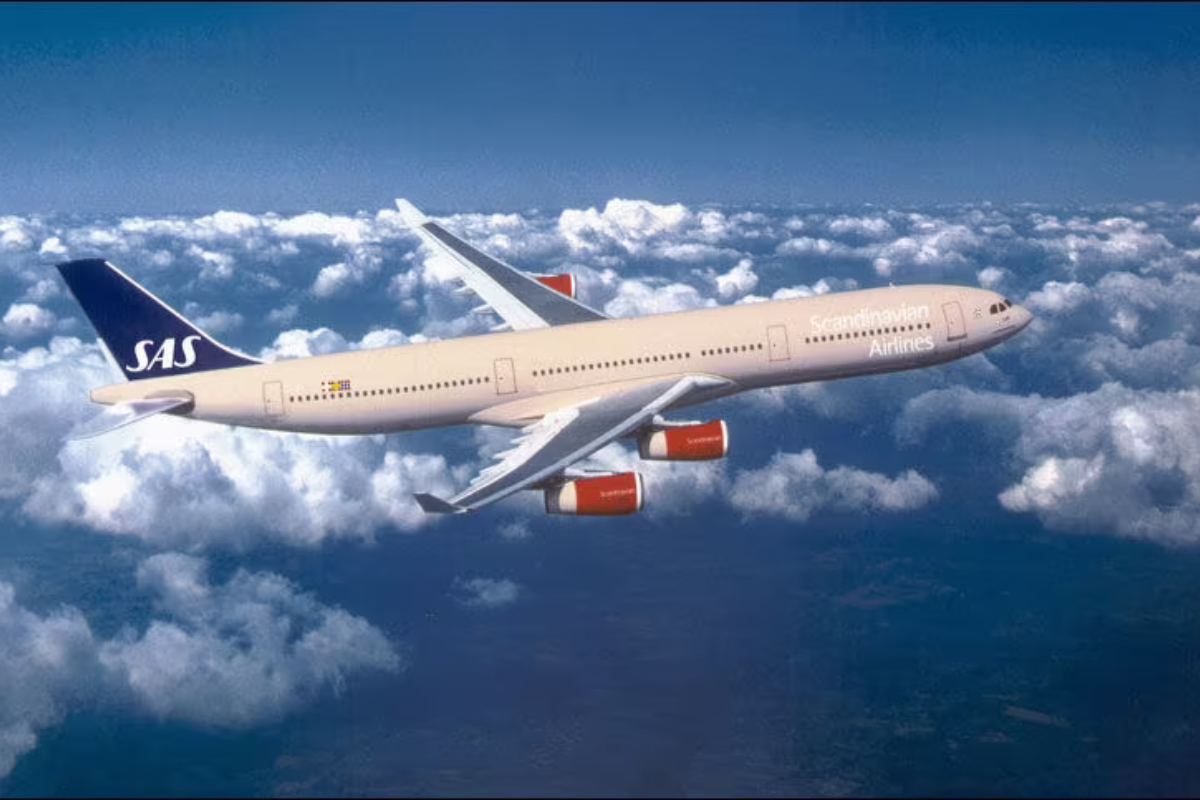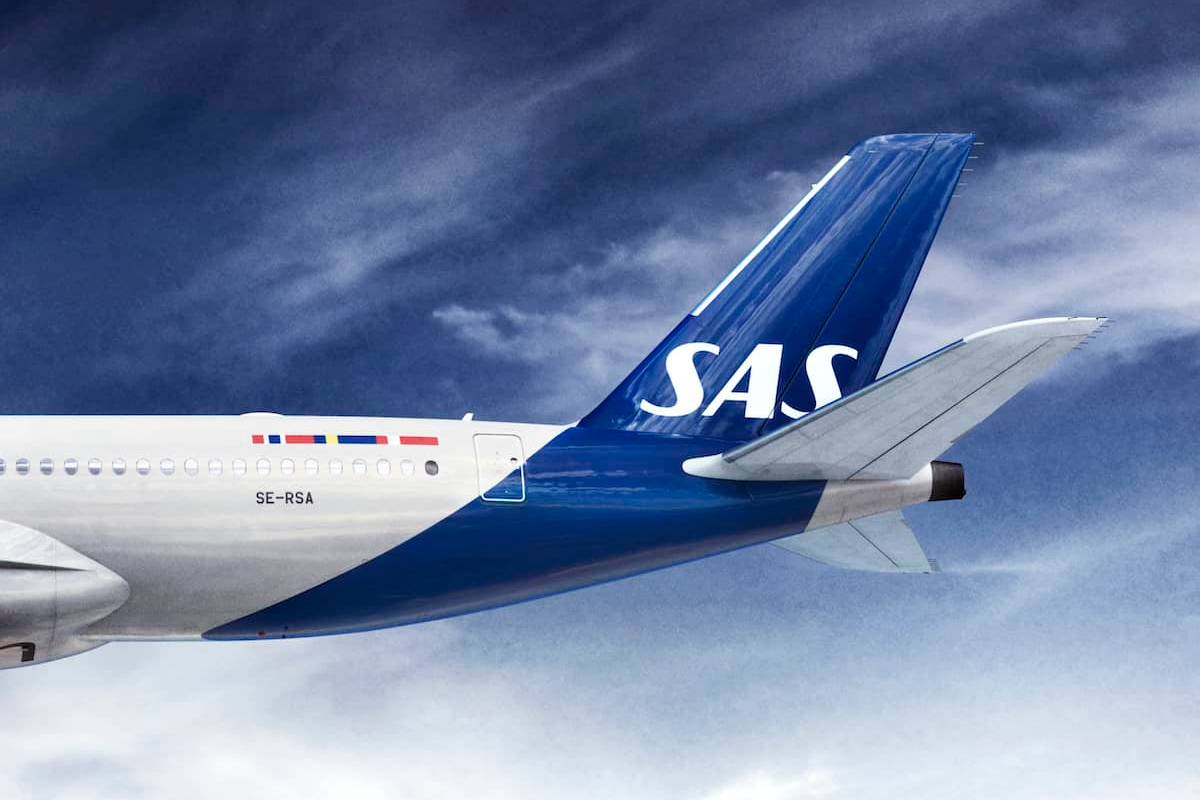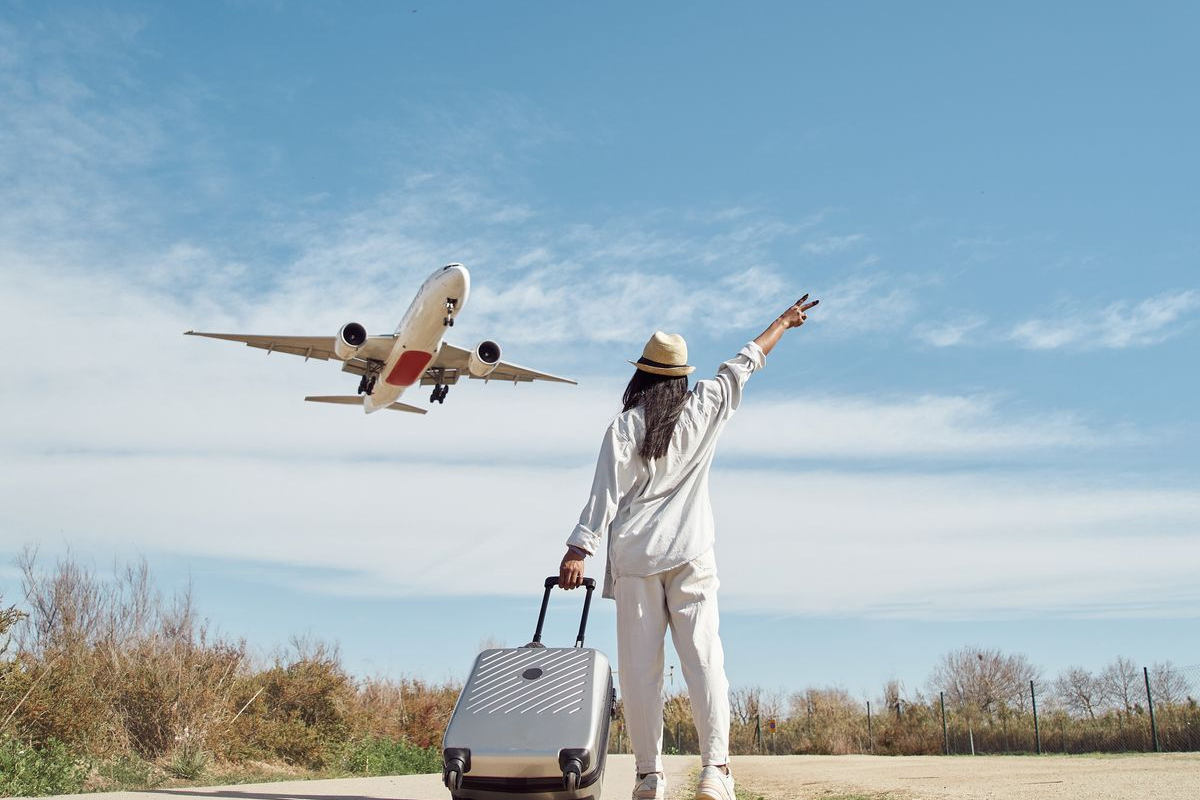The allure of the unknown has captivated travelers for centuries, and Swedish airline Scandinavian Airlines (SAS) has cleverly tapped into this desire with its “Unknown Destination” flight. This unique offering, exclusive to EuroBonus loyalty members, has sparked a frenzy among frequent flyers, with over 1,000 participants eagerly redeeming their miles for a seat on this mysterious journey.

Photo: Flysas
The excitement begins with the very act of signing up. Unlike traditional travel, where destinations are front and center, the “Unknown Destination” shrouds itself in secrecy. Only whispers and clues hint at the possible adventure awaiting, fueling the anticipation and fostering a sense of shared intrigue among participants.
This flight isn’t just about the destination; it’s about the journey itself. Imagine boarding a plane in Copenhagen, Denmark, with fellow thrill-seekers, all united by a shared sense of curiosity and a thirst for adventure. The anticipation builds with each passing mile as everyone speculates about the hidden gem that awaits them.
The limited availability, with tickets randomly distributed among registered participants, adds another layer of intrigue. This element of chance democratizes the experience, ensuring that even seasoned travelers have a chance to be part of this unique adventure.
The “Unknown Destination” is not just a flight; it’s a metaphor for life’s unexpected detours and the joy of discovering hidden treasures. It’s a testament to the growing trend of “surprise travel,” where seeking new experiences and breaking away from the routine takes precedence over meticulously planned itineraries.

Photo: VG
This isn’t the first time airlines have dipped their toes into the “surprise travel” pool. Lufthansa’s “Lufthansa Surprise” program allowed travelers to choose their departure point and desired vacation type, leaving the destination to the airline’s discretion. However, SAS takes it a step further, keeping the entire experience under wraps, creating an air of mystery and anticipation that is truly captivating.
The success of the “Unknown Destination” flight speaks volumes about the changing travel landscape. Travelers today, particularly frequent flyers, are increasingly seeking experiences that go beyond the typical tourist destinations. They crave authenticity, adventure, and the thrill of the unknown.
SAS’s “Unknown Destination” flight is a cultural phenomenon that taps into a deep human desire for exploration and discovery. It’s a reminder that sometimes, the most rewarding journeys are the ones we don’t plan for, the ones that take us on unexpected paths and leave us with unforgettable memories.
So, will the “Unknown Destination” live up to the hype? Only the 1,000 lucky passengers will know for sure. But one thing is certain: this unique offering has captured the imagination of travelers worldwide, and the anticipation surrounding its revelation is sure to keep the world on the edge of its seat.
Surprise and delight: Rethinking travel experiences
SAS’s “Unknown Destination” flight serves as a microcosm of a burgeoning trend in the travel industry: surprise travel experiences. While not entirely new, the concept is gaining traction, particularly among seasoned travelers seeking unique and unexpected adventures. But what does this trend mean for the future of travel?

Photo: Dinero
One potential impact is a shift in traveler expectations. Traditionally, tourists meticulously plan their itineraries, researching destinations, attractions, and logistics. Surprise travel throws a wrench into this, demanding a level of trust and openness from participants. If successful, such experiences could foster a more spontaneous and adventurous approach to travel, encouraging people to embrace the unknown and prioritize unique experiences over meticulously curated trips.
This could lead to a diversification of travel offerings. Airlines, tour operators, and other travel stakeholders might adapt by crafting more surprise packages, catering to a growing demand for mystery and adventure. Imagine themed “unknown destination” trips focusing on cultural immersion, culinary delights, or outdoor activities, with the specific location revealed closer to departure.
However, not everyone finds comfort in the unknown. Surprise travel might alienate risk-averse travelers who prioritize structure and control. Additionally, concerns about safety, accessibility, and suitability for particular needs or preferences could pose challenges. To navigate these issues, transparency and flexibility might be key. Perhaps offering different levels of “surprise,” with varying degrees of information revealed beforehand, could cater to a wider audience.

Photo: Good Housekeeping
Furthermore, logistical considerations come into play. Planning surprise trips requires meticulous coordination between various stakeholders, potentially impacting pricing and profitability. Balancing the element of surprise with practicalities like visa requirements or accessibility limitations will be crucial for widespread adoption.
Ultimately, the impact of surprise travel remains to be seen. While it might not replace traditional travel planning entirely, it has the potential to carve out a unique niche, attracting adventurous spirits and shaking up the industry. For now, SAS’s “Unknown Destination” flight serves as a fascinating experiment, offering a glimpse into a future where the journey itself might be just as captivating as the destination.

